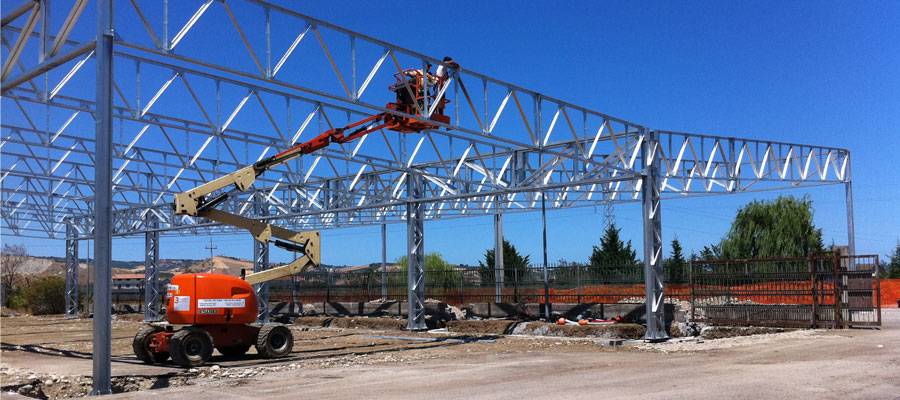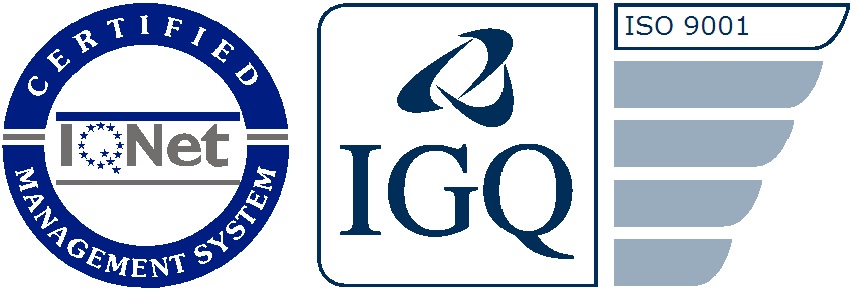Steel constructions and anti-seismic regulations

Throughout the years and after the serious earthquakes that involved our country, Italian anti-seismic regulation has been developed and continues to be increased.
Through the years and especially after the serious earthquakes that involved our country, Italian anti-seismic regulation has been developed and continues to be increased.
The first anti-seismic regulations date back to early 1970s. Thanks to the MPL Decree dated July 1984, after the Friuli region earthquake, a seismic classification of national area according to the level of risk (from low to high) was introduced.
Although new classification were developed after the earthquakes in Umbria and Marche region, strict regulations were not introduced. Many changes occured in 2003, after the earthquake in Molise. In this year, stricter regulations were enforced (G.U. n.105 del 08/05/2003) and the National Institute of Geophysics and Volcanology introduced the seismic hazard map that represents a milestone for the earthquake evaluation.
Over the years, there has been ongoing regulations thanks to the PCM 3274 and the intruduction of new design standards in accordance with Eurocodes. With the earthquake in L’Aquila in 2009, it has been approved as the Technical standard for constructions (NTC) of 2008.
Depite regulations, the last earthquake in Emilia Romagna showed the weaknesses of Italian structures, both civil and industrial.
Many industrial warehouses were damaged in Emilia Romagna but the same earthquake in Japan or United States would not have caused as many damages.
Because they utilize different costructive choices, they do not experience the same level of damages. In these countries the buildings, and especially the anti-seismic ones, have steel as main bulding material while Italy utilizes prefabricated panels, roofings, beams and bearing columns to construct industrial warehouses.
Surveys showed that in Emilia Romagna structures totally or partially constructed with steel, bore the earthquake. The higher resistance of these structures is due to:
- The plastic properties of steel;
- The lower weight of the steel constructions and steel roofings comparing to traditional material as concrete.
Nowadays it is possible to build in steel not only because there is a higher number of professionals available but also because steel is less expensive than before.
The dissemination of “standard” building steel solutions ensures brief realization time, efficiency and security.



